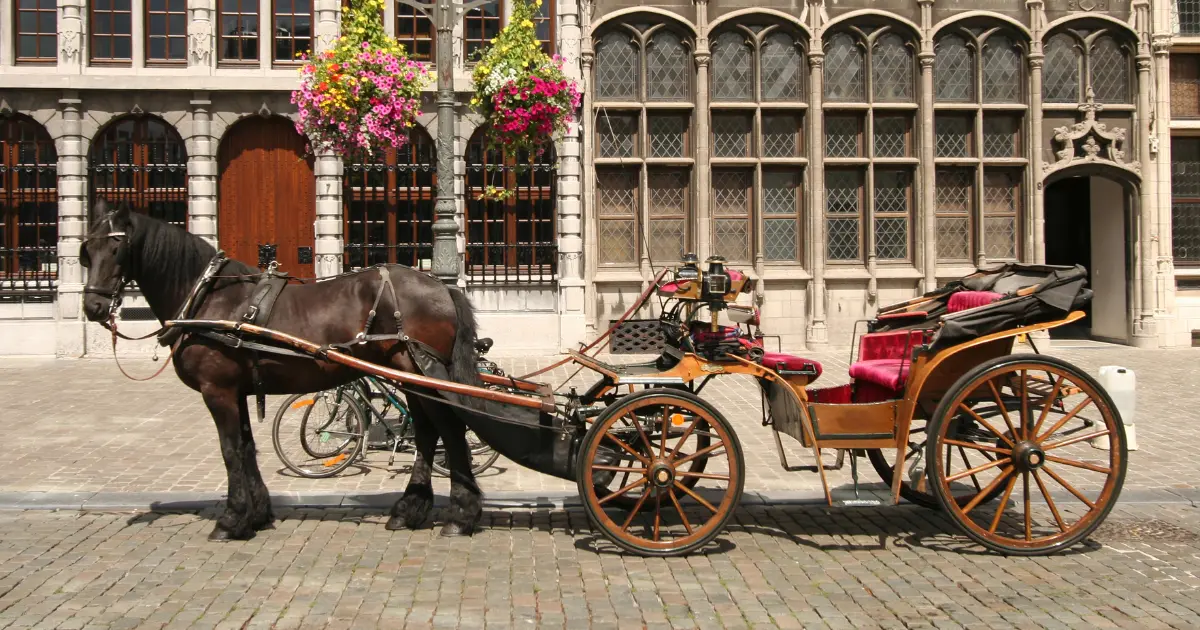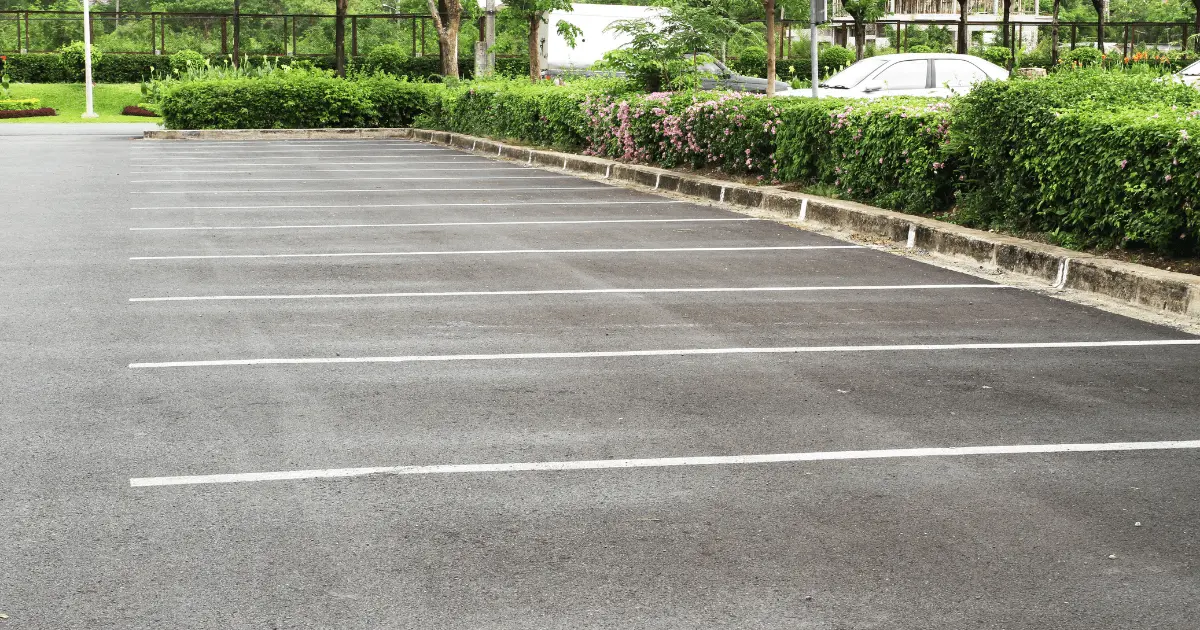When we think about parking, it feels like a modern-day hassle, but the frustration over finding a place to park goes back much further than you might expect. Parking woes have plagued cities and people since the days of ancient Rome, when chariots were the vehicles of choice. The issue then was much the same as it is today – finding somewhere to leave your transport while you go about your business.
The Romans may not have had the neat parking bays we do, but they faced the same fundamental challenge of where to put their chariots. Fast forward to medieval Europe, where inns typically included stables for horses, catering to travellers in need of a temporary spot for their transport. If you’ve ever noticed an old building with arches wide enough for a coach and horses, you’ve glimpsed a bit of parking history.
Parking as we know it today began to take shape in the late 19th century. Initially, it was meant for horse-drawn carriages in the U.S., but the introduction of motor vehicles in 1886 changed everything. By the 1920s, dedicated parking garages were popping up, and cities found themselves scrambling to accommodate the growing number of cars. The answer to the space issue? The multi-storey car park.
The world’s first multi-storey car park appeared in London in 1901. It had seven floors and could hold 100 cars – an impressive feat at the time. While that original car park no longer exists, a similar one built in 1902 on Wardour Street still stands, though it’s now a pub. This was a game-changer in parking, offering a glimpse of how cities would continue to expand vertically to solve parking shortages.
Another clever solution came in the 1930s: underground parking. Built beneath offices and apartments, this method made great use of space and added a layer of security for vehicles. Even today, most major cities boast underground parking, ensuring that office workers and residents can reliably find a spot at their destination.
One of the biggest milestones in parking history occurred on July 16, 1935, when the first parking meter was installed in Oklahoma City. Carl Magee’s invention turned free street parking into a paid affair, and while it wasn’t well-received initially, the benefits of improved traffic flow eventually won people over. By 1945, Los Angeles had pioneered the first government-run metered parking system, setting the standard for cities worldwide.
Automated systems in the late 60s and 70s revolutionised parking once again, eliminating the need for attendants and making parking more efficient. Today, with the rise of app-based payments and automatic license plate recognition, parking continues to evolve. However, one thing remains constant – the ever-growing demand for a space to park our cars.



